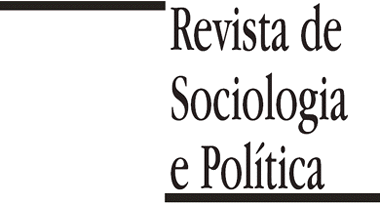ABSTRACT
Introduction:
Through the analysis of the Messages to the National Congress delivered by the elected presidents, we investigate the priorities in public policies in the formation of the governmental agenda, using the concept of symbolic agenda.
Methods:
All the “Messages to the National Congress” between 1991 and 2020 were analyzed. This type of document represents a constitutional obligation in which the President sends, at the opening of each year’s legislative session, a report outlining the country’s situation and the priorities of actions proposed for that year. The content of the texts was transformed into indicators of attention according to the type of sectoral policy portrayed in the original documents.
Results:
The data reflect government attention to the most different public policies in a longitudinal perspective, highlighting changes and permanence in the priorities of the presidents elected in Brazil under democratic rule. Certain sectoral policies, such as those linked to public administration and internal government and macroeconomics, have always been priorities in presidential speeches. In a different way, it is also possible to identify changes in priorities and distribution in the appearance of sectorial policies depending on the political party, the elected president and the external environment, as is the case of the peaks of attention on social policies and foreign policy in the governments of the PT, or the priorities in public administration reforms and foreign trade that marked the governments of former president Fernando Henrique Cardoso to the detriment of other sectors.
Discussion:
The results obtained from an innovative method that quantitatively organizes the themes selected as the priorities of elected presidents are analyzed based on the symbolic agenda literature, a recent approach within agenda-setting and public policy change studies. The article, then, discusses the process of choosing and prioritizing the issues that will gain the attention of the symbolic agendas in a document directed to the legislative branch, of great importance in defining the presidential agenda at the beginning of each year. It also presents analyzes on the relationship between the capacity and diversity of the agenda with the political context, demonstrating positive relationships between the growth of the agenda and its diversity in moments of reelection or maintenance of the same party (low institutional friction), as well as showing a retraction of the agenda with greater thematic concentration in moments of institutional tension (impeachment) and change in the leadership of the executive (turnover).
Keywords
public policies; government agenda; presidential messages; National Congress; symbolic agenda

 Thumbnail
Thumbnail
 Thumbnail
Thumbnail
 Thumbnail
Thumbnail
 Fonte: elaborado pelos autores.
Fonte: elaborado pelos autores.
 Fonte: elaborado pelos autores.O indicador de diversidade, mensurado através da Entropia H de Shannon, em que ln(21), pode variar entre 0 e 3,04
Fonte: elaborado pelos autores.O indicador de diversidade, mensurado através da Entropia H de Shannon, em que ln(21), pode variar entre 0 e 3,04
 Fonte: elaborado pelos autores.
Fonte: elaborado pelos autores.